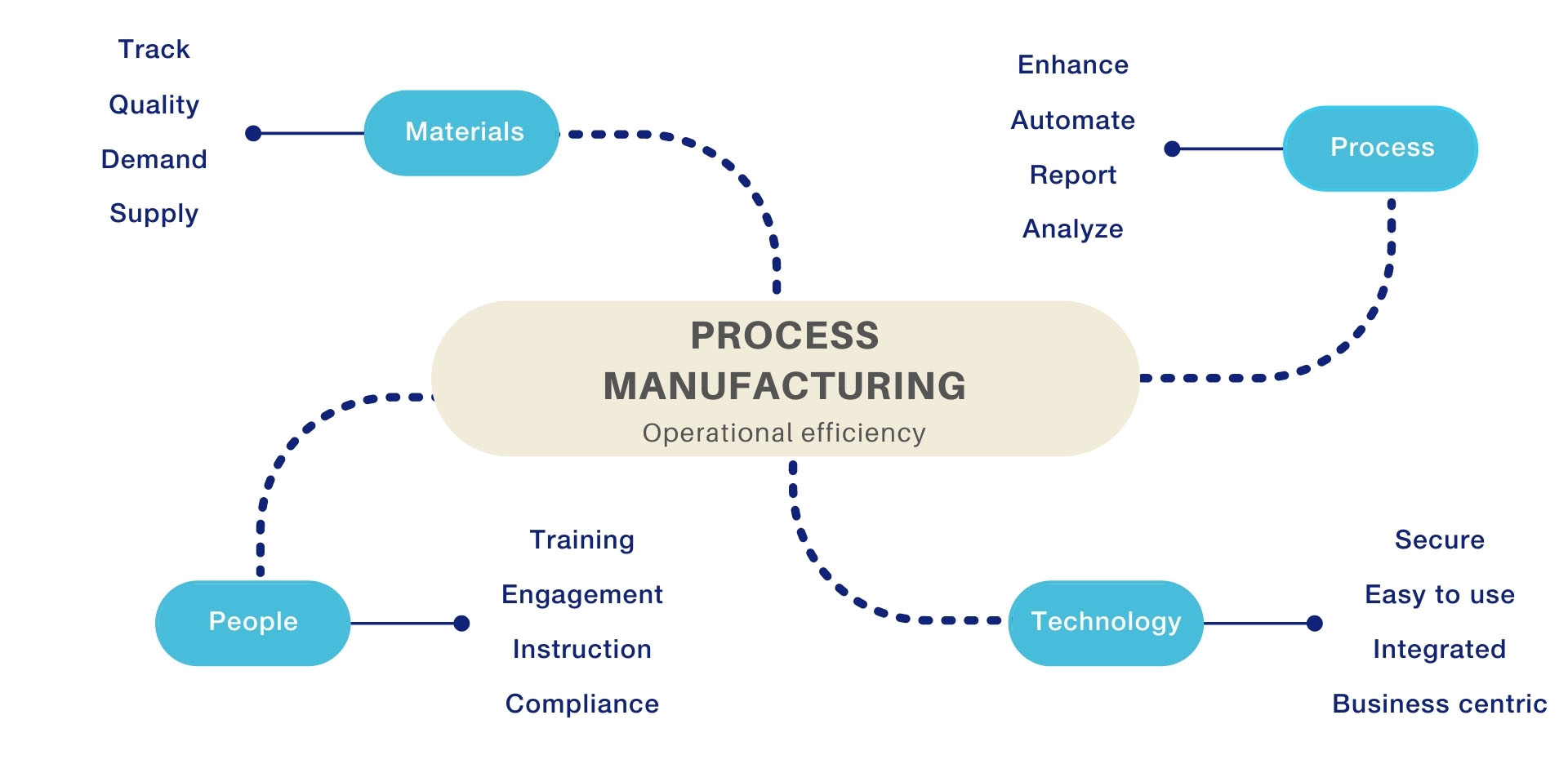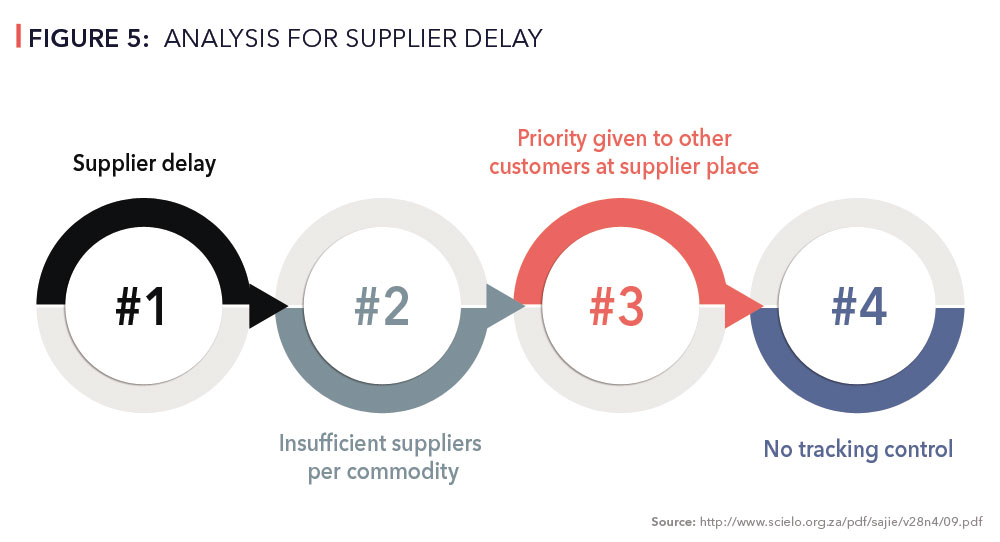Introduction
While it wasn’t a strong consideration for chemical production in the past, today’s plants are realizing the need to know where they stand in terms of meeting their customer’s needs. Some key demands being placed on the chief financial officer by different departments include questions like.
- Can we fulfill my customer’s regular orders on time?
- Are we able to deliver a client’s last minute rush-order?
- Do we have enough inventory to stay on schedule without impacting other projects?
The only way for a plant to know exactly where they stand in terms of its raw materials, packaging, production and delivery schedules is through proper planning.
The benefits of effective materials requirement planning starts with understanding each product’s formulas, which dictate the required bills of materials (BOMs) in terms of raw or previously refined ingredients along with up-to-date instructions on how to safely use them.
A manufacturing BOM is essential in designing enterprise resource planning (ERP) systems and materials requirement planning (MRP).
Difficulty with Conventional Methods
A conventional method of making sure you’d have all the information required to answer the CFO’s questions was by using Microsoft Excel spreadsheets for production planning. One spreadsheet might list all of the required chemicals for a specific formula from the BOM in the first column followed by others showing the quantities required for each batch and the quantities on hand. Other sections of the spreadsheet might be what is on order, which supplier is shipping it, when it is due and other similar information.
In this format however, ensuring the information on the BOM is accurate usually requires additional diligence and effort to be put forth. This could mean verifying inventories, making phone calls and sending emails when numbers in the warehouse don’t match. It might mean having one manager call another when a shipment arrives with less than the ordered quantity, or rarely, more than what was ordered.
Once the BOM is completely built out and the CFO knows what materials are available, they can schedule labor and resources to produce the products. This can be tricky when the same distillation equipment is to be used for multiple products, with downtime in manufacturing required between batches for cleaning and device maintenance.
Ideally, production teams have a planner who creates a schedule similar to the one in the image below (see Production Planning PPT slide from Xcelpros).
The Downsides to Downtime
You may have heard it before “Poor planning produces poor performance.” When it comes to business however, poor planning can also mean unexpected costs, and unexpected downtime. Downtime is often defined as time when production is scheduled to run but for some reason is not. Unplanned downtime or production stoppages however can seriously impact a businesses bottom line. These include disruptions in the form of reputational damage and customer churn by not delivering products on time. This unplanned lack of production also causes revenue losses, reduced employee productivity, reduced end-user productivity and stressed employees. Stressed employees can result in employee turnover. An HRDive brief puts the cost of replacing an employee at one-third of an employee’s annual salary or roughly $15,000 per worker.
Direct Costs of Downtime
The direct cost of downtime in production across all industries, not just chemical——varies. According to Atlassian and Garvey, downtime costs add up to
$247per minute for small businesses
$9,000 per minute for medium and large businesses
$260,000per hour across all businesses in a 2016 study
800 hours of downtime per year on average in manufacturing alone as cited by Garvey
Tracking Downtime in the Chemical Industry
According to an article by Accruent, unplanned downtime in the chemical industry appears in
- Reduced production
- Losses caused by quality issues
- Costs for equipment repairs
- Decreased customer satisfaction
One example cited was the quality drop off when a High-Density Polyethylene (HDPE) plant restarts. The plant can take from hours to days to produce right-first-time materials. The transitional goods are either scrapped or sold as reduced quality.
Proper Planning Produces Peak Performance
Figure: 1Production Planner’s View on Manufacturing: Planning & Execution in a Chemical Company
Much of this downtime in manufacturing can be avoided by proper planning, especially when using a Master Plan. Managing master planning processes using software such as Microsoft Dynamics 365 Supply Chain Management can complete a number of critical tasks including
- Calculates net requirements for the master plan based on actual current orders. This permits day-to-day inventory management.
- Forecasts gross requirements for long-term planning of materials and production capacity.
- Calculates net requirements across legal entities, such as different companies providing supply and demand.
The Master planning module determines the supply (materials) and capacity (resources) needs that will meet current demand (net requirements),” which includes the longest lead times.
The Master plan setup includes coverage settings and defining coverage rules for items.
Using a Master plan includes creating a constrained plan, handling safety stock and dealing with delays.
When used with multiple sites, the Master plan creates site schedules, site plans and coverage, the BOM version and other functions.
In terms of intercompany planning, the Master plan lets CFOs and project planners view the outbound intercompany demand and collaborate with internal supply chain customers.
Demand forecasting functions include importing historical data, generating, adjusting and approving a baseline forecast and then monitoring the forecast for accuracy.
Demand Forecasting in Microsoft Dynamics 365
Figure: 2Basic flow in Demand forecasting
Having an idea what to order in advance is a “top of the mind” issue for many CFOs. Microsoft Dynamics 365 Supply Chain Management can perform demand forecasting, though it requires the Microsoft Azure Machine Learning Studio, which has limited availability.
- Predict independent demand from sales orders and dependent demand at any decoupling point
- Customize it for industry-specific requirements
- Visualize demand trends, confidence intervals and make forecast adjustments based
- Remove outliers
- Authorize the adjusted forecast for planning
Final Thoughts
Proper planning helps CFOs cut costs and reduce downtime in manufacturing at the same time. One way to ensure production facilities have enough of what they need to keep factories rolling is by using an MRP system. These systems are
- More efficient
- More accurate
- Better for long-term planning
Looking to digitally transform your supply chain? Take a assessment!































 Companies with a modern ERP get a 360-degree view of the customer. This holistic view of the customer relationships and their effectivity helps you to better serve customers. You can offer a tailored service to each customer, prioritize your best customers, and automate allocations, fulfillment and discounts for your “A” customers. Improved shipping operations give you the scope for reliable order tracking and shipping notifications.
Companies with a modern ERP get a 360-degree view of the customer. This holistic view of the customer relationships and their effectivity helps you to better serve customers. You can offer a tailored service to each customer, prioritize your best customers, and automate allocations, fulfillment and discounts for your “A” customers. Improved shipping operations give you the scope for reliable order tracking and shipping notifications.






